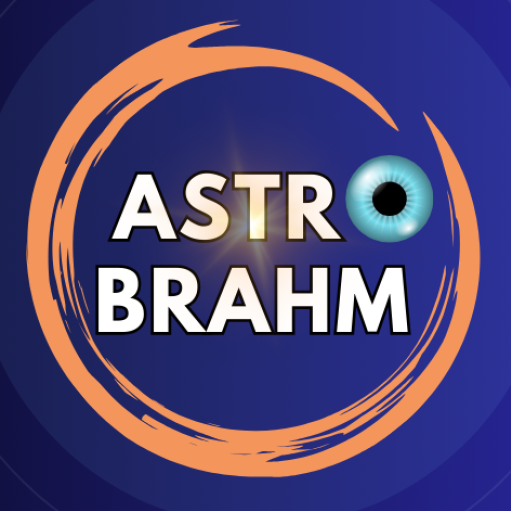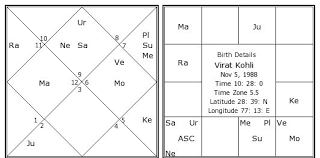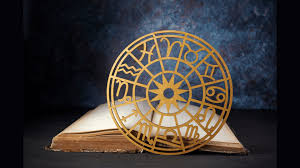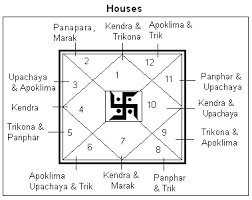In astrology, different regions and traditions have developed unique formats for horoscopes. Here’s an overview of the North Indian, South Indian, East Indian, and Western charts, along with examples:
Forms of Horoscopes
North Indian Horoscope
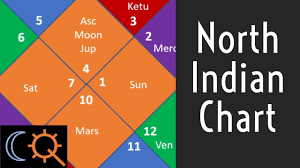
North Indian Horoscope:
- Format:
- The chart is diamond-shaped, with houses arranged in a fixed pattern.
- The Ascendant (Lagna) is always placed in the top diamond box, and zodiac signs are numbered from 1 to 12 (Aries to Pisces).
- Example:
- If the Ascendant is Leo, it will be placed in the top diamond box, and the subsequent houses will follow in an anti-clockwise direction.
- Usage:
- Popular in northern India, this format is easy to interpret for beginners due to its fixed house structure.
South Indian Horoscope:

South Indian Chart
- Format:
- The chart is rectangular, with zodiac signs fixed in specific boxes.
- The Ascendant (Lagna) is marked within the box corresponding to its zodiac sign.
- Example:
- If the Ascendant is Cancer, it will be marked in the box for Cancer, which is always in the top-left corner. Houses are counted clockwise from the Ascendant.
- Usage:
- Widely used in southern India, this format emphasizes the zodiac signs rather than houses.
East Indian Horoscope:
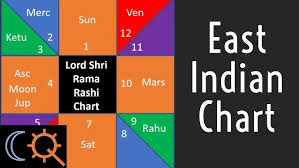
East India Chart
- Format:
- The chart is circular, resembling the Western format but adapted for Vedic astrology.
- Houses and zodiac signs are arranged in a circular pattern.
- Example:
- If the Ascendant is Virgo, it will be marked in the corresponding section of the circle, and houses will follow in sequence.
- Usage:
- Common in eastern India, this format combines elements of both North and South Indian charts.
Western Horoscope:
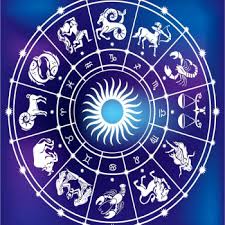
Western Chart
- Format:
- The chart is circular, divided into 12 sections representing houses.
- Zodiac signs are placed along the outer rim, and planetary positions are marked within the circle.
- Example:
- If the Ascendant is Aries, it will be placed in the first section of the circle, with houses following in anti-clockwise order.
- Usage:
- Used globally, this format is based on the Tropical Zodiac and emphasizes planetary aspects and transits.
Comparison:
| Chart Type | Shape | Focus | Direction | Region |
|---|---|---|---|---|
| North Indian Chart | Diamond-shaped | Houses | Anti-clockwise | Northern India |
| South Indian Chart | Rectangular | Zodiac Signs | Clockwise | Southern India |
| East Indian Chart | Circular | Combination of both | Clockwise | Eastern India |
| Western Chart | Circular | Planetary Aspects | Anti-clockwise | Global |
Each format represents the same astrological data but organizes it differently based on regional preferences and traditions.
